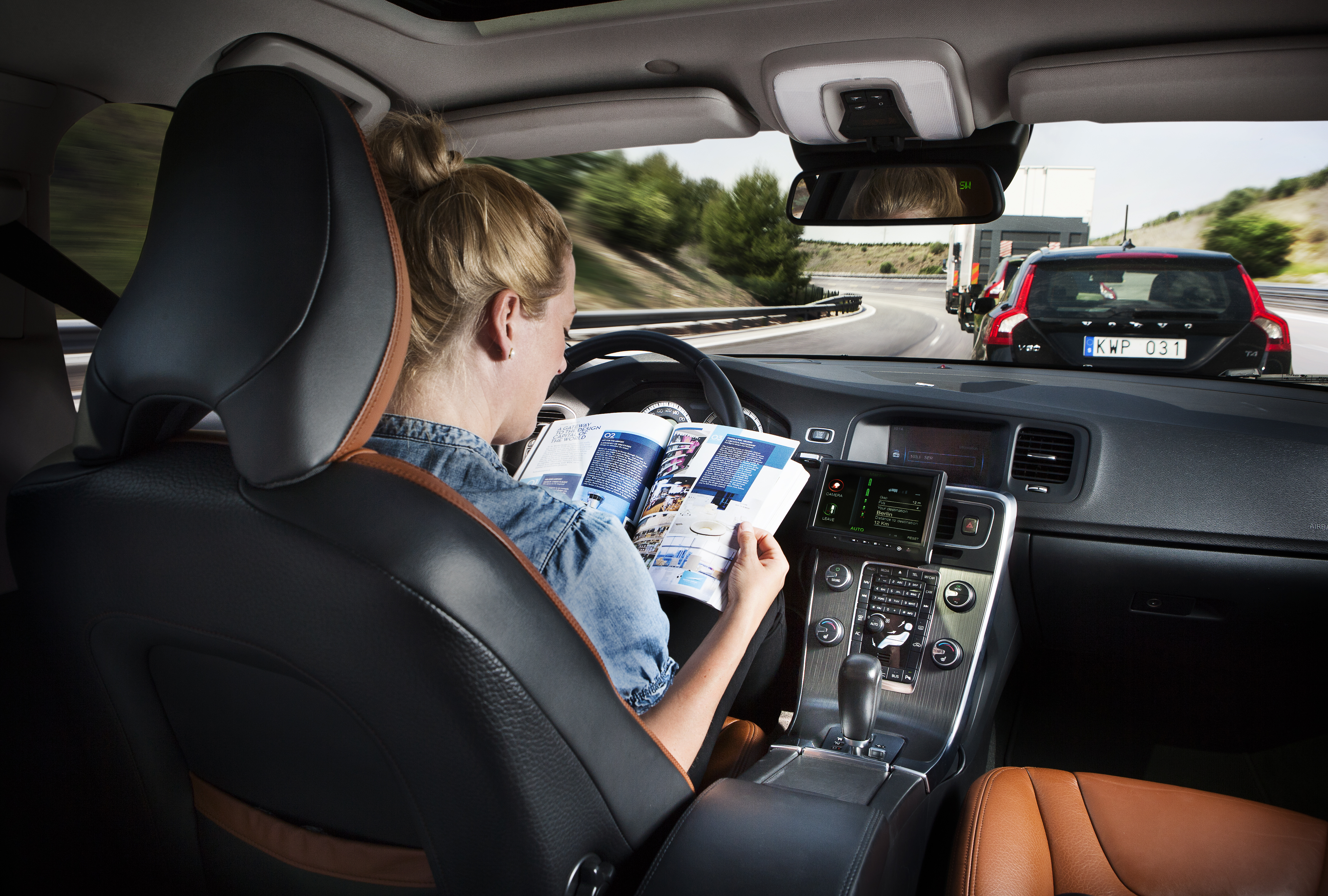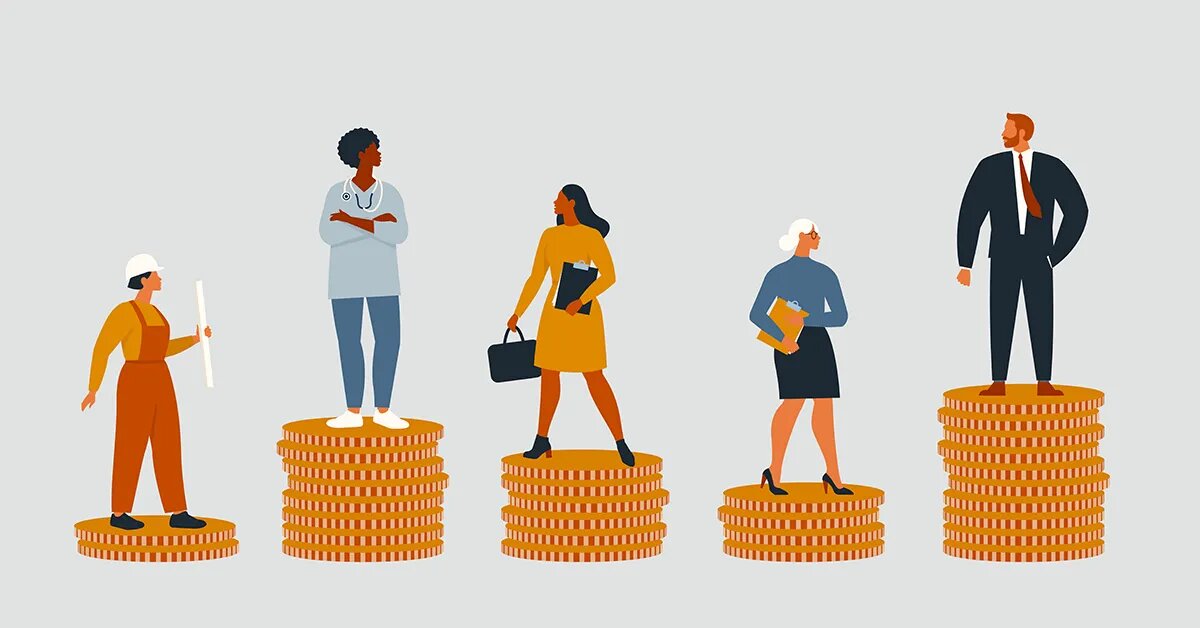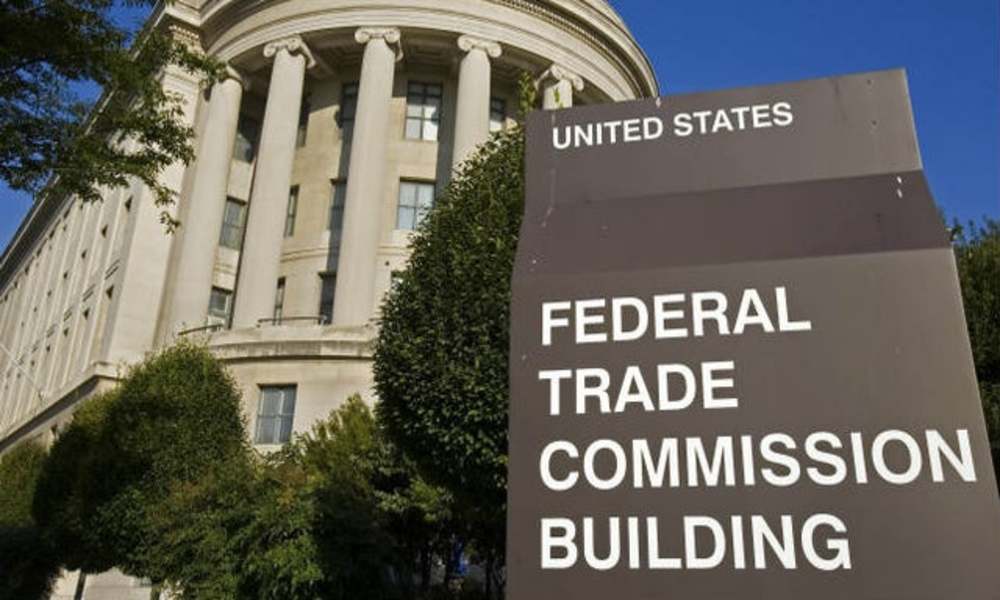
JOSEPH VALENTINE HERNANDEZ – NOVEMBER 4, 2017
Elon Musk, tech billionaire and founder of Tesla, recently predicted that “in probably ten years it will be very unusual for cars to be built that are not fully autonomous.” Business Insider described this assertion as “shocking” in February, despite the nearly three years so far that driverless cars have captured the imagination and funding of venture capitalists and investors galore. The ability for computers to take over for humans, who are error-prone and speed-happy, has been hailed as progress for public health, road congestion, and urban sprawl. Skepticism of these products usually focuses on moral quandaries—how cars’ operating systems will prioritize lives to save in collisions, for instance—but scant criticism has focused on whether the supposed benefits of removing drivers will be worth the costs.
The negative aspect of driverless cars that has most appeared in headlines is the implications automation has for cities’ taxi industries. Millions of Americans involved in the transportation and distribution industry stand to lose their jobs, as Kevin Kelly, founder and executive editor of Wired magazine, admits on the Freakonomics episode “The Future (Probably) Isn”t as Scary as You Think.” But Kelly dismisses these “inevitable” layoffs as part of what he sees as the real potential of robotics and automation: their potential to kickstart a new era of productivity that will transform advanced-stage economic growth, epitomized by the title of his recent TED talk “How AI Can Bring on a Second Industrial Revolution.” If comparing the General Motors self-driving car project (codename “Polar Bear”) and its kin to the emergence of manufacturing, start of the transportation revolution, and widespread use of electricity seems far-fetched to you, then you are certainly not alone. Economists and environmental researchers are quite familiar with negative externalities, and surely this extremely disruptive example of creative destruction must have its share of downsides.
Hypothesizing about the different possible externalities from transportation automation does not take a genius, but one genius, Peter Calthorpe, has theorized about an especially disturbing possible side effect of automation on urban development. In the decades since World War II, urban centers have become increasingly dispersed, and in the United States around 53% of respondents in population surveys describe the areas in which they live as suburban, places between the rural quiet and the city noise of other communities. Calthorpe, founding member of the Congress for New Urbanism in 1992, has devoted his life to the betterment of the planet’s metropolises and hates the onset of “sprawl” more than any other recent change to urban centers. Sprawl is as it sounds: the increasing distance between city residents and truly urban centers in cites, pushing people into inefficiently large suburbs and separating them from both each other and the heart of their cities. Driverless cars, in his eyes, will only exponentially increase the problems of sprawl. In an automated future, people can own large transportation vehicles they never drive, and the dispersion and dilution of cities will only worsen as people gain the ability to “work on the way to work.” As it stands, people still tend to cluster close to their workplace, but why live an hour from work if you can live three hours away and still do just as much or more on the drive there, in cars complete with internet connectivity and automaton pilots? The physical expansion of cites Calthorpe fears is then a perfectly conventional environmental externality, which also has implications for behavioral economics as social capital declines along with physical distance. His worry may seem slightly unreasonable, but the expansion of suburbia further into the natural world is unquestionably more probable than the reversal of years of slow economic growth all thanks to a single invention—the way Kevin Kelly describes it.
The next time you read in tech media, business news, or the national press about the coming benefits of driverless cars or automated taxi services, hopefully you will be mindful of who is benefitting most from the human-free transition. Elon Musk not only speaks the world of automation in interviews but also has invested millions upon millions to make it reality. Only the future will tell if the costs are for people like Musk to incur, or if they will fall on the average taxi driver, truck driver, or suburbanite.



